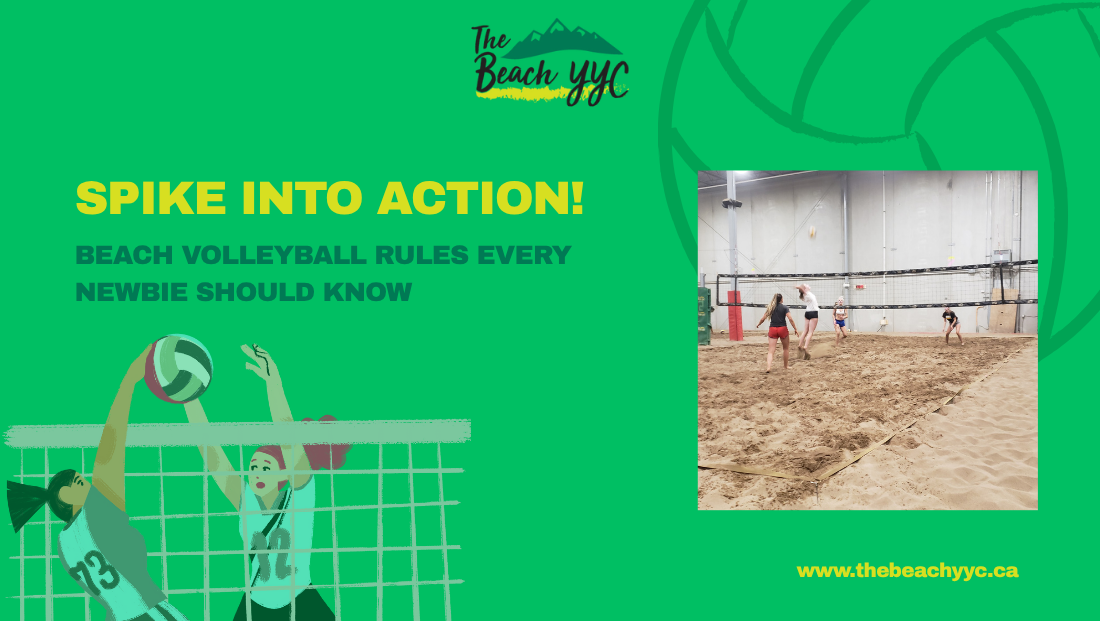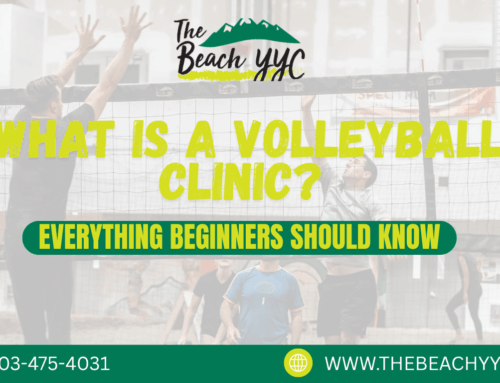If you’re ready to hit the sand and serve up some fun, learning the beach volleyball rules for beginners is the perfect place to start. Whether you’re watching a game or diving in yourself, understanding the basics will help you enjoy the sport more and play with confidence. Beach volleyball is a fast-paced, sun-soaked game that’s as exciting as it is accessible and with a few simple rules, you’ll be ready to spike into action in no time!
1. Team Composition: Two’s Company
Unlike indoor volleyball, beach volleyball is typically played in teams of two. This doubles format means each player needs to be more versatile, covering both offensive and defensive roles. Communication is key, as you and your partner must work together seamlessly to control the game and anticipate your opponents’ moves.
2. The Court: Sand, Lines, and Size
Beach volleyball courts are smaller than indoor ones, measuring 16 meters long and 8 meters wide. There’s no attack line, which means players can spike from anywhere on their side of the court. The court is marked with boundary lines and if the ball touches any part of the line, it’s considered in.
3. Serving: Start Strong
Every rally begins with a serve, which can be done either underhand or overhand. The server must stand behind the back boundary line and hit the ball cleanly over the net. If the ball touches the net and still lands in bounds, it’s considered a legal serve. However, stepping over the line before contact or hitting the ball out results in a fault.
4. Scoring System: First to 21
Matches are usually played in a best-of-three format. The first two sets go up to 21 points, and if a third set is needed, it goes up to 15. Teams must win by at least two points. Rally scoring is used, meaning a point is scored on every serve, regardless of which team served the ball.
5. Rotations and Positions: Keep It Simple
Unlike indoor volleyball with six players and set rotations, beach volleyball has no fixed positions. There’s no need to rotate positions, just serve alternately and switch sides of the court every seven points (in a set to 21) or every five points (in a set to 15) to ensure fairness with wind and sun conditions.
6. Touch Rules: Less Is More
Each team is allowed up to three touches to return the ball over the net. Typically, the first touch is a dig or pass, the second is a set, and the third is an attack or spike. Players cannot hit the ball twice in a row, and open-hand tips or dinks are not allowed, a rule that differentiates beach from indoor volleyball.
7. Blocking: A Strategic Move
A block at the net counts as one of the team’s three touches. After a block, the same player is allowed to make the next touch, which is different from indoor volleyball where a block does not count as a touch. Effective blocking can make or break a rally, so timing and positioning are crucial.
8. Ball Handling: Keep It Clean
The ball must be cleanly hit with no catching, lifting, or prolonged contact. Sets must be straight and not spin excessively, especially when setting over the net. Referees closely watch ball handling to ensure fair play.
Beach volleyball rules for beginners might seem like a lot at first, but once you step onto the sand, they become second nature. From mastering the serve to understanding team dynamics and court etiquette, these rules lay the foundation for a fun and competitive game. If you’re looking for the perfect place to learn, practice, or just have a blast, check out The Beach YYC Calgary’s ultimate indoor beach sports facility. Whether you’re a total newbie or looking to sharpen your skills, The Beach YYC has programs, leagues, and open play to help you spike into action year-round!







